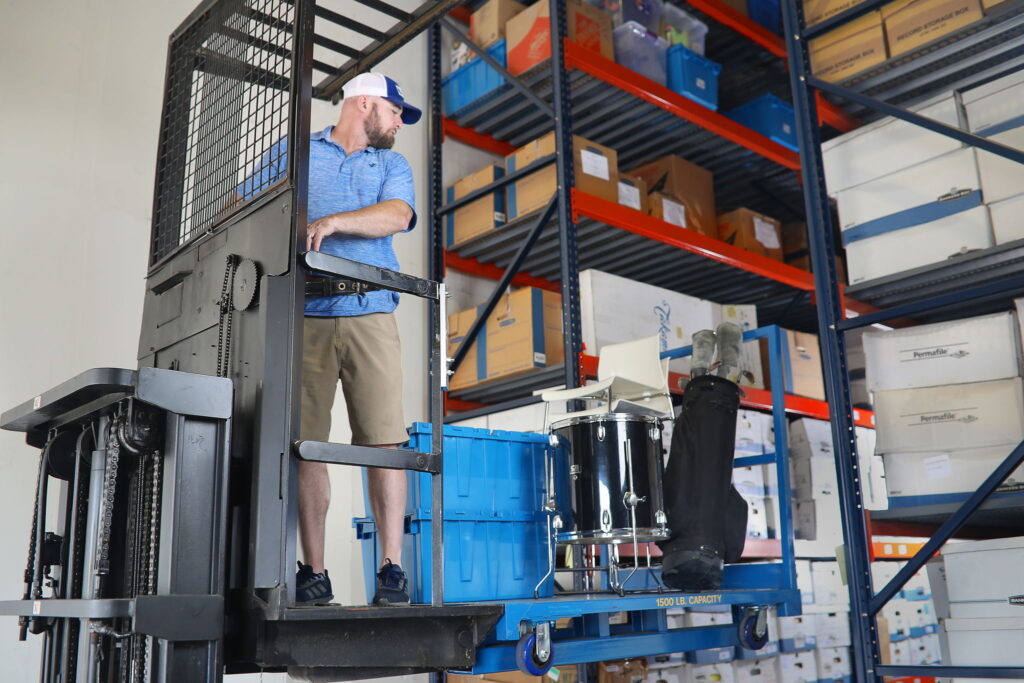
“Music is powerful. As people listen to it, they can be affected. They respond.”
– Ray Charles
If there’s anything you should know about Austin, TX, it’s that music is deeply embedded in our culture. The entire city participates in the music scene. And with lots of music venues and festivals comes lots of musicians with music gear. Unfortunately, sometimes we have to put our instruments away for a while. When that happens, it’s important to prepare your instrument properly for storage to help prevent damage.
1. Each instrument has different needs.
Stringed instruments and woodwinds:
Piano and percussion instruments:
2. Be sure to use climate control.
Climate control is possibly one of the most important factors in music storage. Temperature fluctuations and humidity can be the downfall of any instrument, but those made of wood are particularly susceptible. When storing your instrument, you may consider a closet, basement, attic or storage unit, but those places can be prone to humidity and fluxes. Many storage units that claim to have climate-control only offer temperature control with no influence over humidity. If you have a wooden instrument, this can spell disaster as it absorbs the moisture in the air – when it absorbs too much, the wood will expand and crack.
Even if you’re not putting your instrument into storage, you should still consider investing in a temperature/humidity monitor for your music room. It can help you get a better idea of the levels in the room in case you need to make any adjustments. Depending on the room, you may decide that investment in a humidifier or dehumidifier is necessary as well.
3. Storage ideas for frequent use.
Even when your instrument isn’t in long-term storage, you want it to stay in the best shape possible. Proper temporary storage while you’re not using it can make all the difference.

When you need to put your musical instrument into long term storage, you want to choose something with climate control. Unfortunately, many self-storage facilities that claim to offer climate control actually have temperature control only. While temperature control is better than nothing, it still leaves your instruments vulnerable to warping from moisture.
So how do you avoid this? Choose Crampt as your storage experts! Once you choose the storage size you need and schedule a pick-up, we’ll arrive to take your musical instrument back to our storage facility so you don’t have to worry about the heavy lifting. Keep track of your belongings on our handy tenant portal, and when you’re ready to have your gear back, just request a drop off. We can get it to you in 24-48 hours so you can brush up and get ready for your gig or rehearsal!
Find storage availability in Austin, TX with Crampt today!